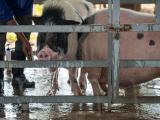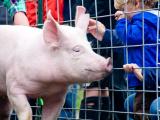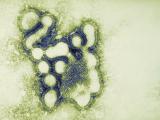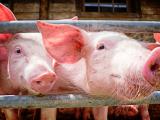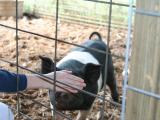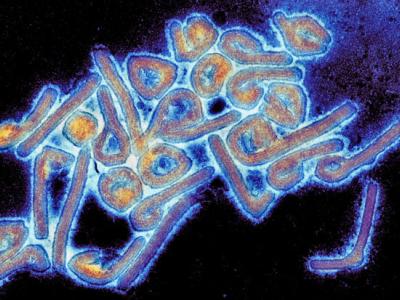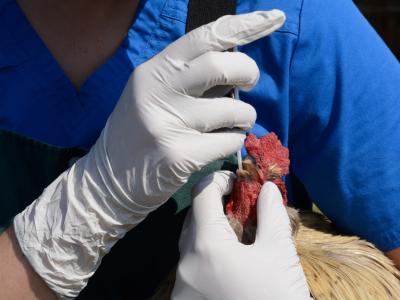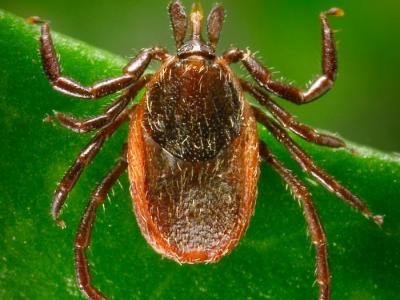Aug 24, 2012 (CIDRAP News) – The US Centers for Disease Control and Prevention (CDC) today reported 52 more variant H3N2 (H3N2v) flu infections and said it has learned of three instances of likely human-to-human spread of the novel virus, though most cases have been linked to pig exposure, especially at fairs.
The CDC's latest update pushes the national case total to 276 from 10 states. Since the CDC's last update on Aug 17, seven states reported new cases: Illinois (1), Maryland (12), Michigan (4), Minnesota (1), Ohio (26), Pennsylvania (2), and Wisconsin (6).
So far, 13 people with H3N2v infections have been hospitalized, and all have recovered, according to the CDC's report. The cases in Maryland and Minnesota are those states' first.
When the new virus emerged in humans last year, the CDC reported a few limited human-to-human infections in daycare and school settings, and when the number of cases started to spike this summer, the CDC said it wouldn't be surprised to see the pattern again.
In a statement today, Joe Bresee, MD, medical epidemiologist in the CDC's Influenza Division, said the virus is still not spreading easily from person to person. "Most cases are occurring in children who are exhibiting pigs or helping to exhibit pigs and have occurred after a lot of very close contact with pigs over a relatively long period of time," he said.
The three instances of likely human-to-human spread were detected during investigations of H3N2v cases and their household contacts, the CDC said. In all three cases, the virus spread from a person exposed to pigs at an agricultural fair to a household contact, without spread to anyone else. None of the three cases have epidemiologic links, the CDC added.
Limited spread has been seen with other variant flu viruses, and though the CDC isn't surprised to see the pattern with H3N2v, Bresee said the agency has a heightened level of concern with the new virus.
"It's clear though, that this virus is much better able to spread to people. It's reassuring that we are seeing most cases in people with prolonged contact with pigs and that we are not seeing any sustained community transmission, but this situation definitely warrants our close attention," he said in the statement.
H3N2v contains the matrix gene of the 2009 H1N1 virus, which might make it more easily transmissible in humans, the CDC has said. So far CDC scientists who are analyzing genetic sequences from H3N2v samples for any changes that might hint at potential person-to-person spread have found that nearly all are identical and are similar to the H3N2v viruses detected in 2011.
Earlier this week the CDC put out guidance urging school administrators to be on the lookout for kids with flulike symptoms and urged states to boost their surveillance as well as sampling in outbreak settings. It also asked states and providers to collect samples from people who have unusual or severe flulike illnesses.
"It's important to remember that this is an evolving situation that could change quickly," Bresee said. "We're constantly looking at our data and re-evaluating."
It its regular weekly flu update, flu markers were below baselines, in line with low levels of summer transmission, though the chart showing the number of respiratory specimens testing positive for flu shows a spike in activity—much of it from H3N2v—over the previous 3 weeks that appears to be tailing off.
See also:
Aug 24 CDC H3N2v update
CDC H3N2v case count
Aug 24 CDC Q and A on H3N2v
Aug 24 CDC weekly influenza update
Aug 21 CIDRAP News story "H3N2v infections spark debate about barring pigs from fairs"
Aug 17 CIDRAP News story "Variant H3N2 spreads to three more states"
